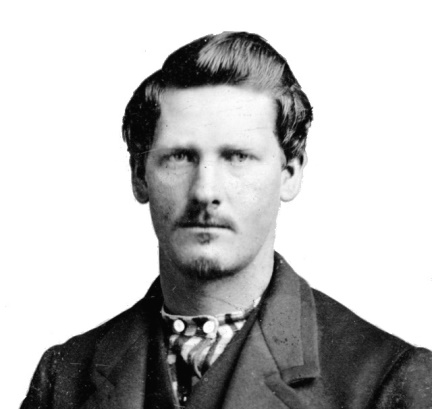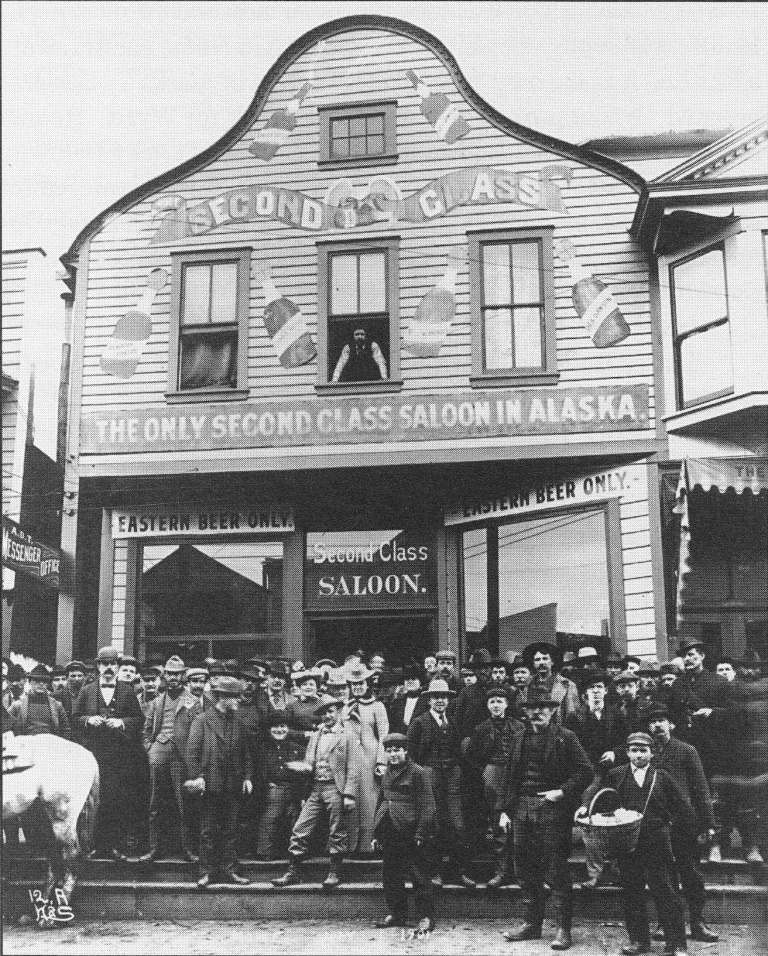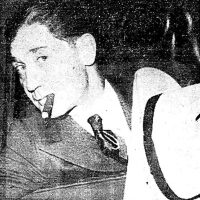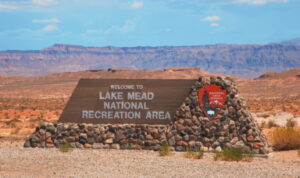|
Listen to this blog post here
Getting your Trinity Audio player ready...
|

Wyatt Earp, age 21
Iconic American figure, Wyatt Berry Stapp Earp (1848-1929), is heralded for his courageous exploits as a lawman, but he was a gambler first and foremost, often relying on the then-respectable profession to earn income throughout his lifetime. He’s earned a spot in U.S. gambling history.
Earp’s Gambling Education and Practice
At age 20, the tall, slender native Illinoisan landed a job in Wyoming grading track for construction of the Union Pacific Railroad. During time spent at the railhead, Earp learned how to play and deal faro and run monte. Over the next several years, he honed the craft in various gambling houses, saloons and brothels of the frontier and became proficient. Eventually, he operated table games, too.
As a gambler, Earp reportedly was honest and garnered high repute wherever he went, and he traveled a lot.
“Earp rarely stayed in the same place for long, frequently becoming broke, bored, unwelcome or some combination of the three,” wrote John Caldbick in a History Link essay.
The nomad typically moved from boomtown to boomtown, and in every one he hustled as a faro banker. He did own some brick-and-mortar gambling establishments, too. Here are some of them:
It Was Westward Ho For Lawman
After a roughly decade-long stint as a law enforcement officer, most recently as a deputy U.S. marshal, Earp relocated to San Diego, California in the mid-1880s.
“There was another Wyatt Earp seldom remembered — an older, wiser gentleman who lived in San Diego and operated gambling halls; bought and sold urban property; refereed [bull and cock] fights and owned racehorses,” reported the San Diego Union (Oct. 17, 1978).
During his roughly decade of living off and on in America’s Finest City, Earp leased and operated four gambling saloons there, all four simultaneously at one point, reportedly. All of them were in the red light Stingaree district that teemed with con men, shifty gamblers and criminals.
They offered faro, monte, blackjack, poker, keno, pedro, monte and other games. Not much else is known about Earp’s gambling enterprises there except for their locations and that they were profitable, particularly during the city’s boom years, 1885 to 1888, during which the gambler could net as much as $1,000 a night.
His most famous and most popular gambling spot was the Oyster Bar, in the Louis Bank Building at 835 Fifth Avenue. The others were at:
- A corner of 6th and F streets (where he ran high stakes faro)
- The northeast corner of 6th and G streets
- 951 4th Street
On Sundays, Earp promoted and ran all types of gambling, including the big wheel, rouge et noir, faro, monte and even thimblerig in Tijuana, Mexico.
Businessman Strikes Gold With New Saloon
After the rush to Nome, Alaska Territory for gold began in 1899, Wyatt moved there. He and partner Charlie Hoxie built and operated the luxurious Dexter Saloon, the town’s hotspot for travelers, miners and locals to drink, gamble, discuss politics and do business. The establishment was hugely successful thanks, in large part, to Earp’s notoriety.

The Dexter Saloon, Wyatt Earp’s gambling house in Nome, Alaska Territory
Gamblers Disgruntled by Big Name Newcomer
While still a co-owner of The Dexter, in 1899, Earp debuted another gambling house: The Union Club. That one was in Seattle, Washington’s tenderloin and was a partnership with a local man, Thomas Urquhart.
The move was risky because The Emerald City prohibited gambling and the men running places offering games of chance regularly paid off the local officials to let them operate. Those gamblers were displeased with the famous lawman moving in on their territory and then, with the Union’s immediate success, having to compete with him.
Law enforcement erratically enforced Seattle’s anti-gambling ordinance and this created ongoing trouble for the Union’s co-proprietors. Consequently, within six months of opening, Earp pulled out of the joint venture.
Nomad Stakes Out Mining Camp
Earp sold his share of the Dexter to Hoxie and headed to Nevada, Tonopah specifically. There, in 1902, he opened the The Northern with partner Al Martin and ran a successful business.
Know anything more about Earp’s gambling career? Let us know about it, please.
For a gambling anecdote about Earp in his later years, check out our Facebook page here and follow us there.
—————————————-






